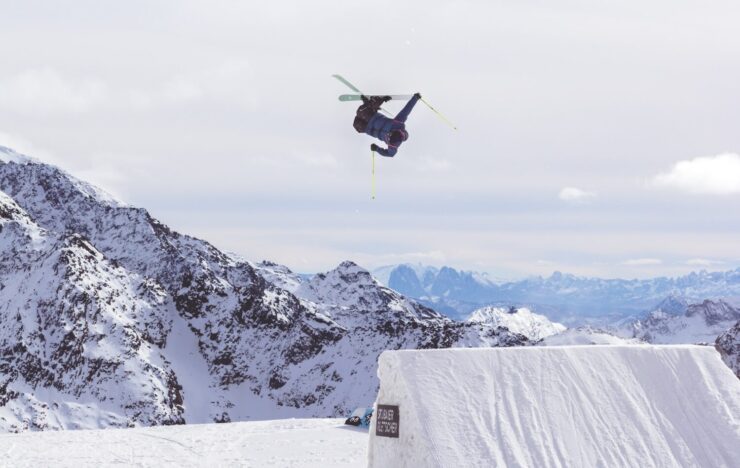If you’re an adventurous skier looking to take your skills to the next level, learning how to do backflips on skis is a thrilling challenge that can help you do just that. While it may seem intimidating at first, with the right technique and plenty of practice, anyone can master this impressive trick.
In this article, we’ll provide you with step-by-step instructions on how to do backflips on skis, as well as tips for building confidence and staying safe while attempting this trick. Whether you’re a seasoned skier or just starting, this guide will help you take your skiing skills to new heights.
Getting Started: What You Need to Know
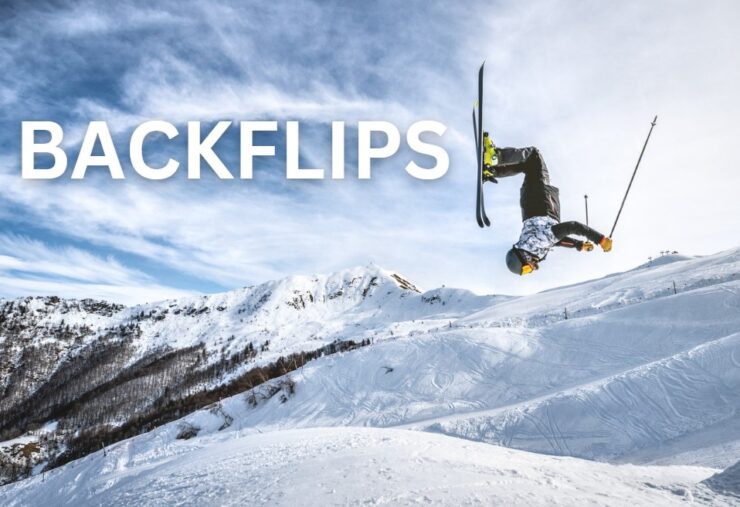
Doing a backflip on skis is an awesome achievement! It needs strength, skill, and courage. Before you try it, there are a few tips and safety measures to keep in mind.
With the right info and practice, you can make your backflip dream come true! Here’s a closer look at what you need to know before skiing backflips.
Required Equipment for Ski Backflips
Doing a backflip on skis? That’s an exciting way to get your adrenaline pumping! Be sure to have the right gear for a safe experience. Here are the must-haves:
A Helmet – is essential for head protection in case of a fall.
Skis – choose ones that reflect your skiing experience level and offer good stability for takeoff and landing.
Boots – make sure they’re the perfect fit and provide the needed support.
Goggles – keep your eyes safe from wind, snow, and sun.
Poles – for balance and stability.
Protective Clothing – wear ski-specific gear designed for impacts and falls.
Remember, proper equipment isn’t enough. You also need the right technique and safety precautions for a successful and injury-free backflip on skis!
Physical Preparation for Ski Backflips
Start training your core, legs, and back muscles. They are super important for these backflips.
Stretch before and after skiing to increase flexibility and avoid injuries.
Jump and spin on flat ground or a trampoline to build balance, control, and timing.
Wear safety gear, such as a helmet and spine protector, to reduce the risk of injury.
Only try backflips on a well-maintained ski ramp, with an experienced coach or instructor.
Remember, they need practice, patience, and proper technique to master!
Mental Preparation for Ski Backflips
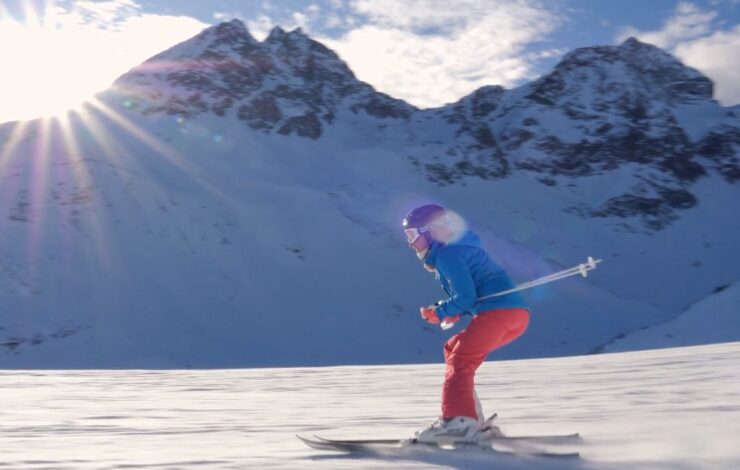
Mental preparation is key! Here are some tips to help you prepare:
Visualize: Close your eyes and picture yourself nailing the flip. Imagine every detail – from takeoff to landing – and how it will feel to complete the trick.
Break it Down: Break the backflip into smaller parts, and focus on mastering each one. This will build confidence as you progress.
Stay Calm: Deep breaths! Getting anxious or nervous will up your risk of injury.
Mental prep is just as important as physical prep when it comes to ski backflips. It can boost confidence, ease anxiety, and give you a better chance of success. So, don’t forget to take the time to mentally prepare before you hit the slopes!
Progression: Learning the Basics
Make sure you’re solid on basics like balance, speed, and turns. Then you’re ready for the next step – getting used to the air and feeling your skis freefall.
With practice and commitment, you can soon be ready for a backflip on skis!
The Safety of Learning with a Trainer
Learning with a pro can supercharge your safety when getting the hang of something new, like a backflip on skis. As you make progress with the basics, it’s major to stick to safety rules to evade harm and guarantee a sweet learning experience.
Here are some key tips and techniques to remember:
- Always wear the right ski gear, like a helmet, goggles, and protective clothing.
- Start from simpler jumps and work your way up to tougher ones, as you ace the basics.
- Imagine the actions and methods required for each jump and practice them in a managed environment.
- Understand the landing moves and body positioning necessary to land safely and evade injuries.
- Do coordination activities, like trampoline jumping, often to enhance your balance and coordination.
- Don’t forget to take breaks and rest when needed, or else pushing too hard could cause burnout and lead to injuries.
Start on a Small Jump
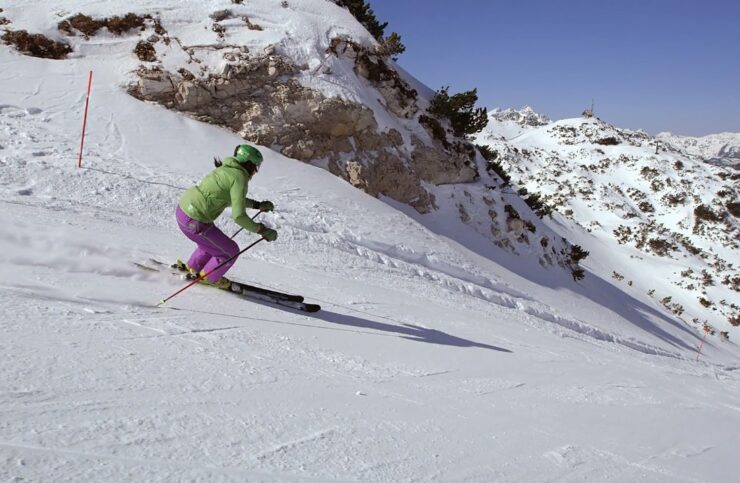
Doing a backflip on skis can seem scary, but it’s doable with the right techniques! Start on a small jump. Here are some tips: Practice jumps and lands balanced. Do small jumps with a steep slope. Jump up and over the crest and stand straight on the landing.
When you’re ready, progress to bigger jumps. Repeat the process until you’re ready for a backflip. Always wear a helmet and take your time to avoid injury.
The Basic Technique for Ski Backflips
They are a showy freestyle skiing trick. But, you need good technique plus a thorough knowledge of the basics. Before attempting one, go through these steps:
- Get the hang of your jumps. Practice airs and jumps on natural terrain before attempting complex tricks.
- Find a kicker or jump that you’re comfortable with.
- Visualize yourself doing the backflip and landing it successfully.
- Approach the jump with the correct speed and alignment.
- As you leave the kicker, tuck your knees into your chest. Begin the flip by throwing your head and shoulders back.
- Spot your landing, then extend your legs to absorb the shock.
With practice and dedication, you can learn the basics of ski backflips and move on to more advanced tricks safely.
Advanced Tricks: How to Improve Your Technique
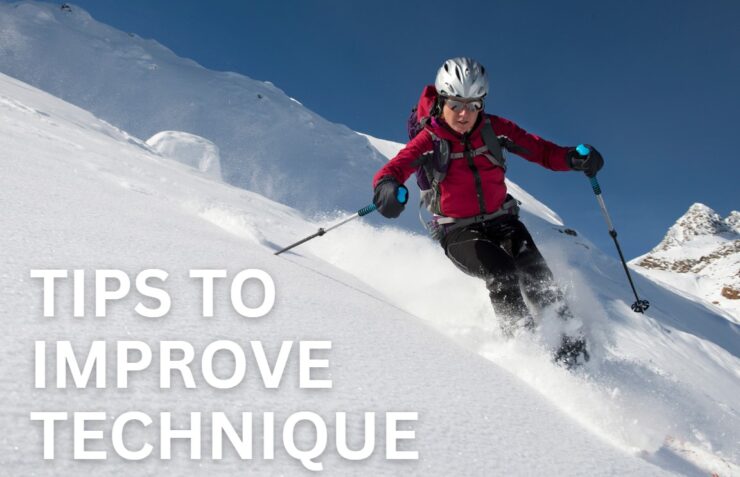
Improving technique is vital for a successful backflip on skis. Once you have the basics down, it’s time to work on technique. This section covers edges, body alignment, and posture. They are key to achieving the perfect backflip. Let’s look at tips and tricks to help improve your technique.
Tucking and Spinning Techniques
Tucking and spinning are key for a successful backflip on skis. Here’s how to ace ’em.
Tucking:
Pull your knees up to your chest.
Grab your shins.
Tuck your head in towards your knees.
Keep your back straight.
Engage your core muscles.
Just before the jump, release the tuck and extend your legs.
Spinning:
Twist your body in the direction you want to spin.
Use your arms and shoulders to start the spin.
Keep your head and eyes focused on the landing spot.
Control the rotation speed and stability with your legs.
Practice and patience are key. Wear safety gear and start with smaller jumps.
Safety Precautions: Avoiding Injury
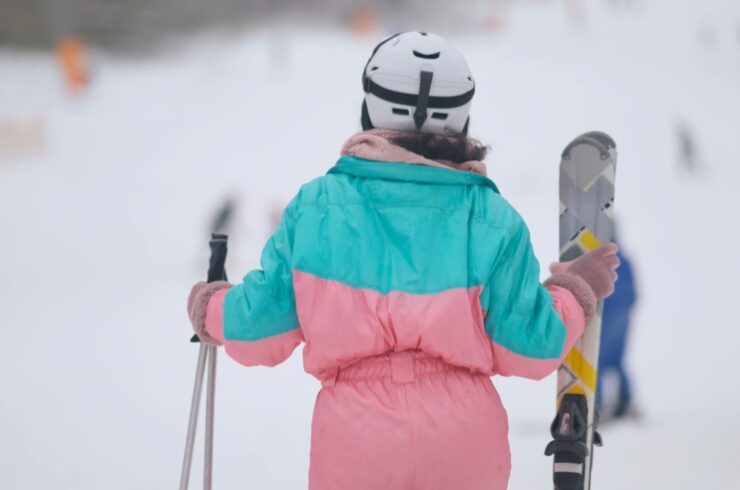
Backflips on skis can be thrilling! But take caution. To stay safe, ski in a terrain park or an area with proper supervision. Wear the proper gear. Be aware of what’s around you. Let’s explore the basics of backflip safety.
How to protect yourself? That’s the key!
Using a Helmet for Ski Backflips
When attempting ski backflips, wearing a helmet is a must. Head injuries can be serious, even fatal, so you need to protect your head. Here are some tips for choosing and using a helmet:
- Ensure the helmet fits and is for skiing/snowboarding.
- Look for helmets with ventilation.
- No detachable ear flaps or visors.
- Make sure the helmet is snug and doesn’t move.
- Always wear the chin strap when skiing.
Remember: Helmets don’t guarantee against injury. So, use proper technique and safety precautions.
Spotting a Safe Landing
Spotting a safe landing is essential to dodge harm when doing a backflip on skis. Here are some advice to assist you in landing safely:
Keep your eyes open and look at a spot in front of you as you come close to the landing. Manage your body and skis, keeping your knees slightly bent and your core solid. Stretch out your arms and extend your legs to soften the impact. Keep your weight balanced over your skis and don’t lean too far forward or back.
If you think you’ll crash, try to tuck and roll to divide the impact and avoid major injury. Remember to wear the correct safety gear, like a helmet and goggles. Plus, practice on an appropriate landing surface before attempting the backflip on skis. Safety should always be your priority.
Troubleshooting Common Challenges
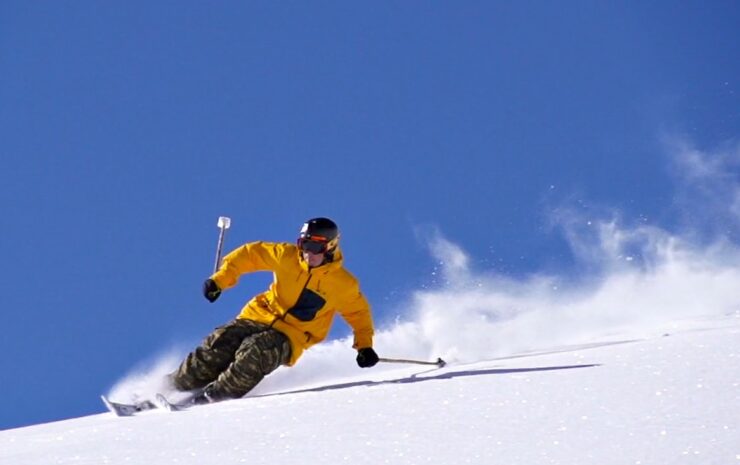
A backflip on skis can be tough. Many skiers find it difficult to do.
We’ll explore the common issues that come up. We’ll look at the right technique and equipment needed to make it easier. Let’s demystify the common struggles with backflips!
Fear of Attempting a Ski Backflip
Doing a ski backflip can seem intimidating, especially for beginners. But with the correct techniques, safety measures, and practice, anyone can learn it. Here are some issues and their solutions:
Fear of Going Upside Down? Start small. Step up your jumps gradually. Bounce on a trampoline to get used to the sensation of being airborne and upside down. Always wear a helmet and other protective gear.
The trouble with Rotations? Focus on take-off. Launch yourself off the ski jump with a straight back and arms outstretched. Keep your eyes on the landing spot and use your arms to initiate rotation.
Difficulty with Sticking the Landing? Land downhill. Keep your eyes on the spot and use your legs to absorb impact. Practice on a foam pit or a soft surface first.
By practicing and using these solutions, you will be able to safely and confidently do a backflip on skis.
Developing Consistent Technique
For safe and successful backflips on skis, a consistent technique is a must. Here are some tips for overcoming common difficulties:
- Practice the jump without skis first to get the proper technique and feel cozy with the motion.
- Focus on keeping a tight tuck position, and keeping your weight over your skis during the jump.
- Use your arms for upward momentum, then tuck them in as you rotate.
- Keep your head close to your chest, and keep an eye on the landing spot throughout the flip.
Mastering a backflip on skis takes time and effort. Start with small jumps then work your way up.
FAQs
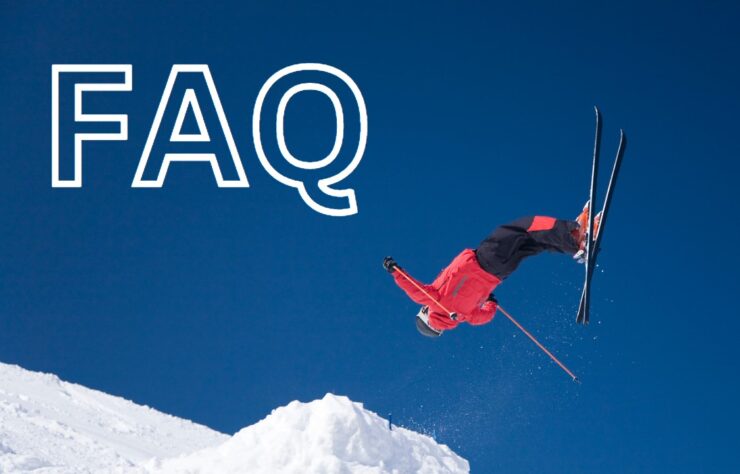
What should I do if I am scared to attempt a backflip on skis?
Start small and build up gradually, and always prioritize safety over showmanship.
What is the proper technique for a backflip on skis?
The proper technique involves jumping off the ramp or lip, tucking your knees in, rotating backward, and extending your legs to land.
What are some common mistakes to avoid when attempting a backflip on skis?
Some common mistakes to avoid include not getting enough speed, not tucking in tightly enough, and not extending your legs enough to land.
Can I attempt a backflip on skis alone or should I have someone with me?
It’s recommended to have a trained spotter or coach with you when attempting a backflip on skis.
What are some safety precautions to take when attempting a backflip on skis?
Safety precautions include wearing a helmet, having a trained spotter or coach with you, and starting small and building up gradually.
How can I build my confidence when attempting a backflip on skis?
Building your confidence involves practicing the technique, starting small and building up gradually, and surrounding yourself with supportive and knowledgeable people.
Conclusion
In conclusion, learning how to do backflips on skis is a thrilling challenge that can take your skiing skills to new heights. While it may seem daunting at first, with the right technique, practice, and safety precautions, anyone can master this impressive trick. Remember to start small, build up gradually, and always prioritize safety over showmanship.
By following the step-by-step instructions and tips provided in this guide, you can learn the technique and build the confidence necessary to safely execute a backflip on skis. With dedication and perseverance, you can add this impressive trick to your skiing repertoire and impress your friends on the slopes.

